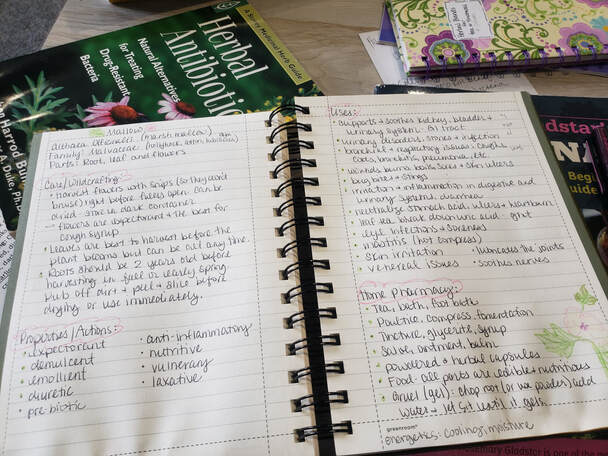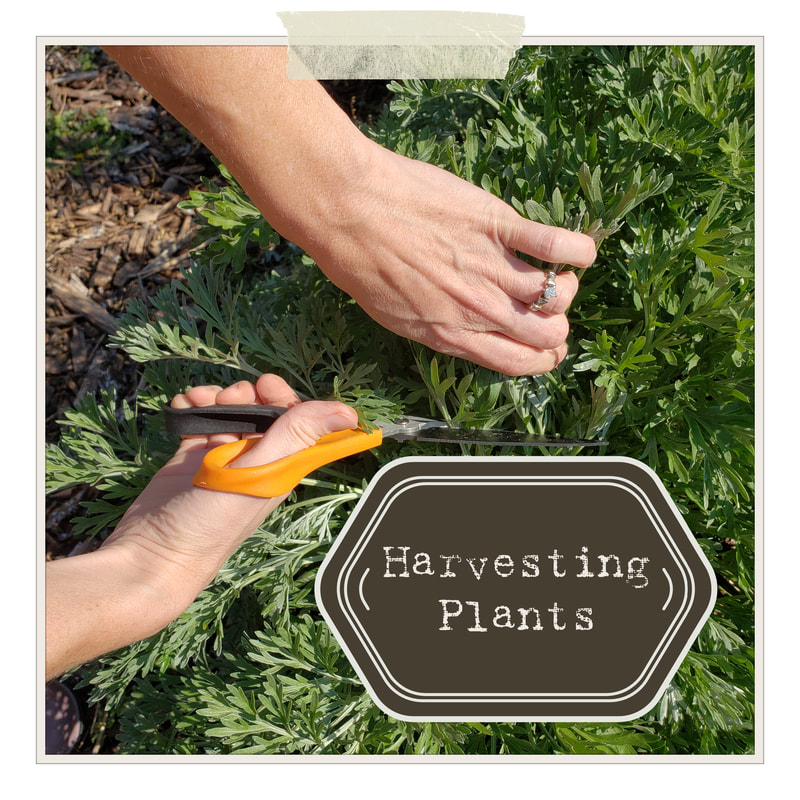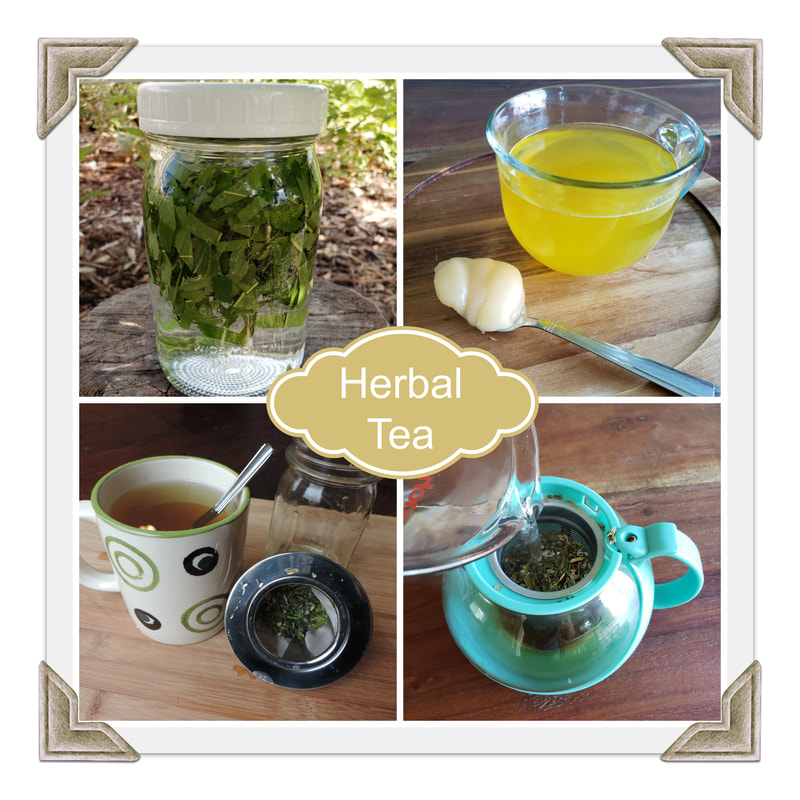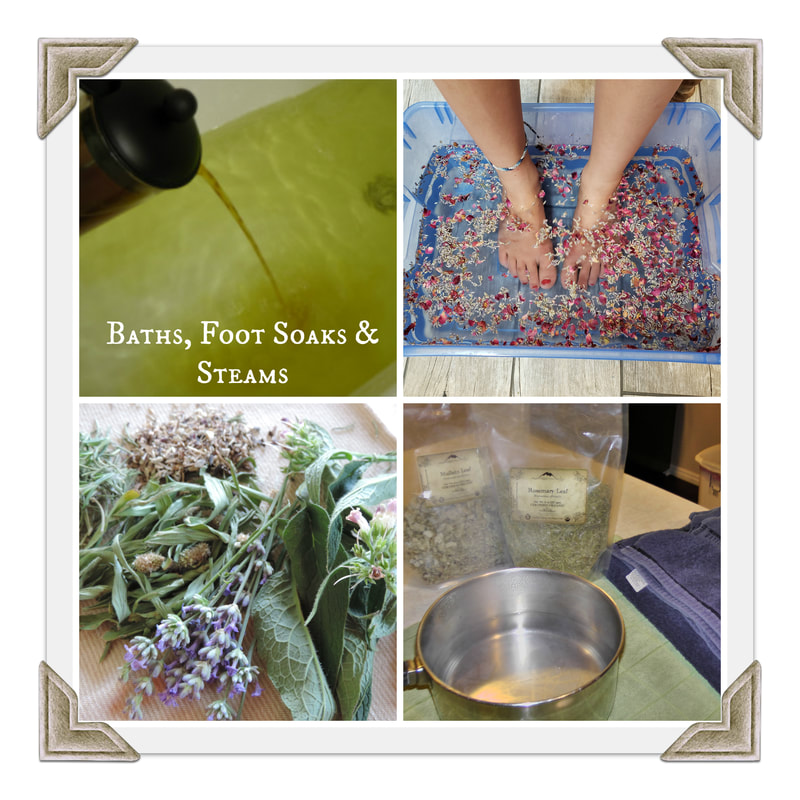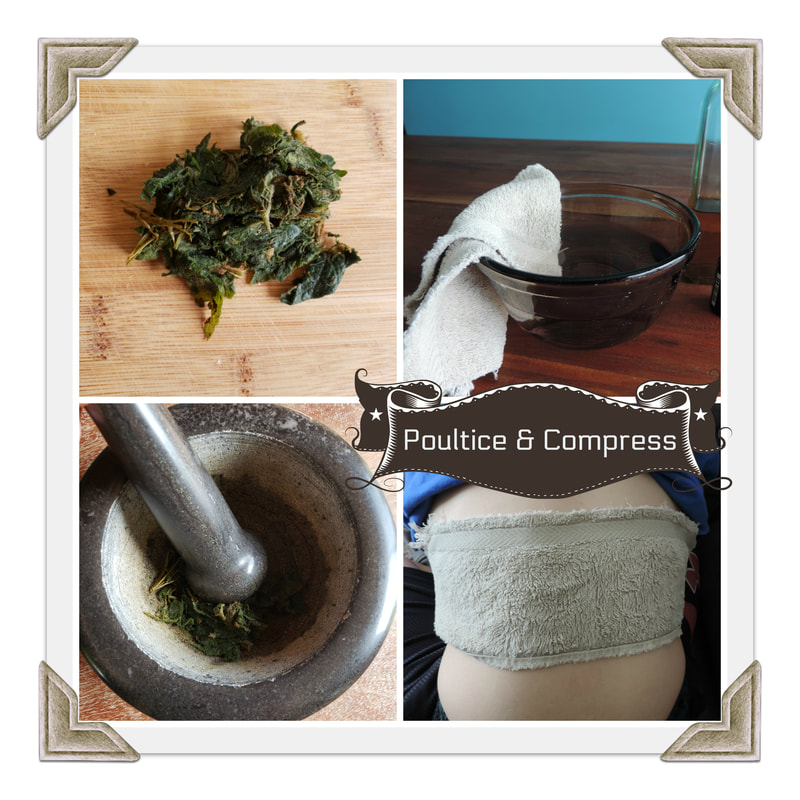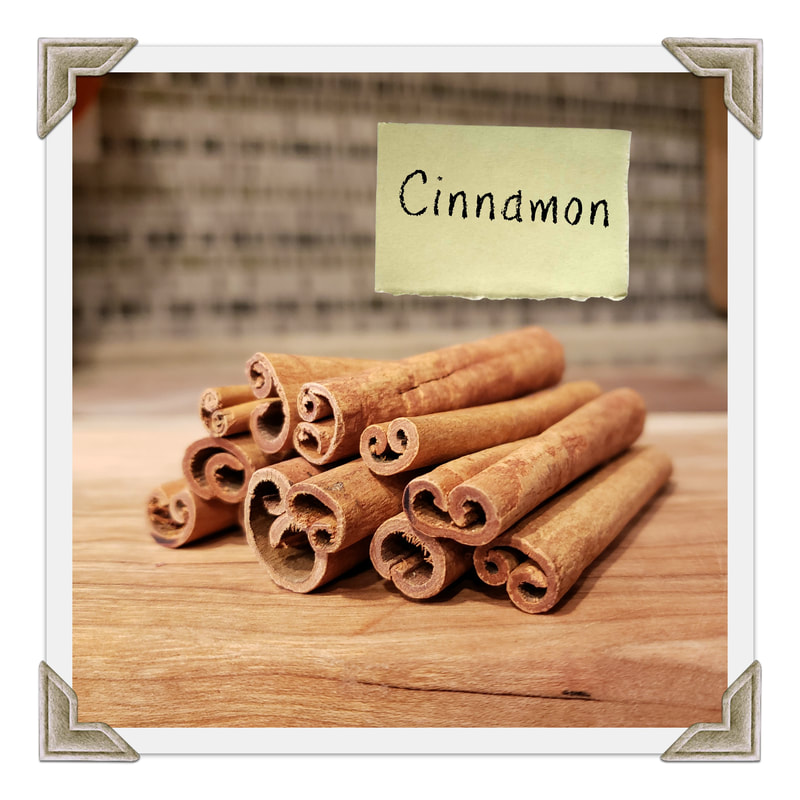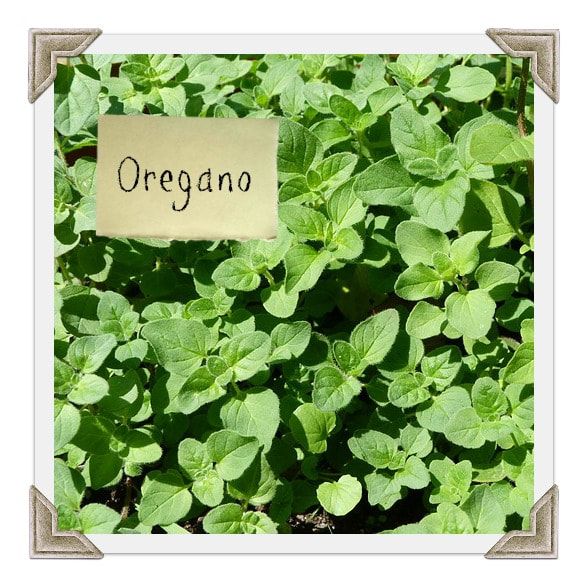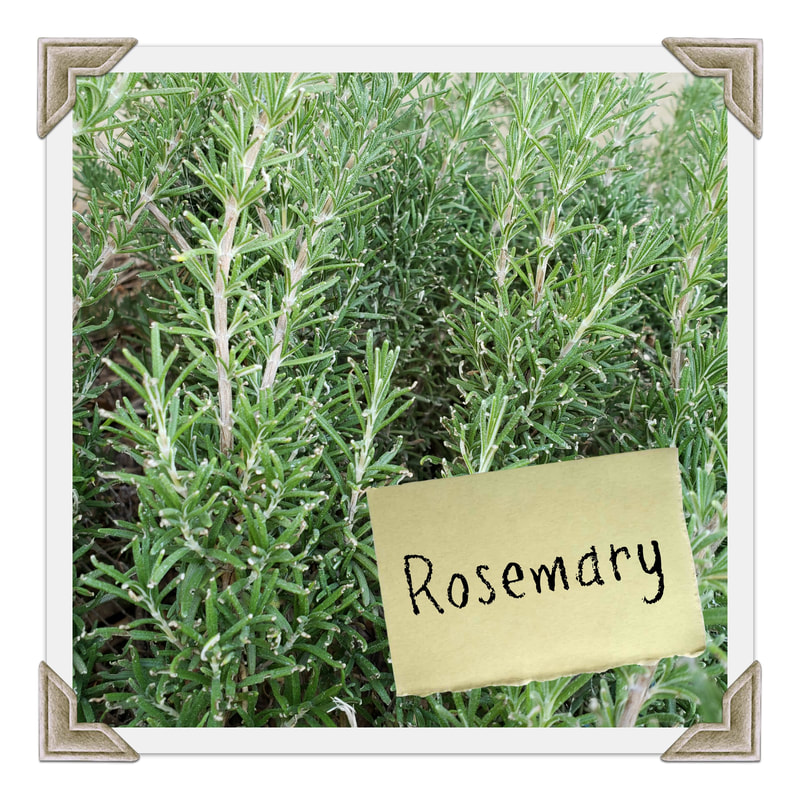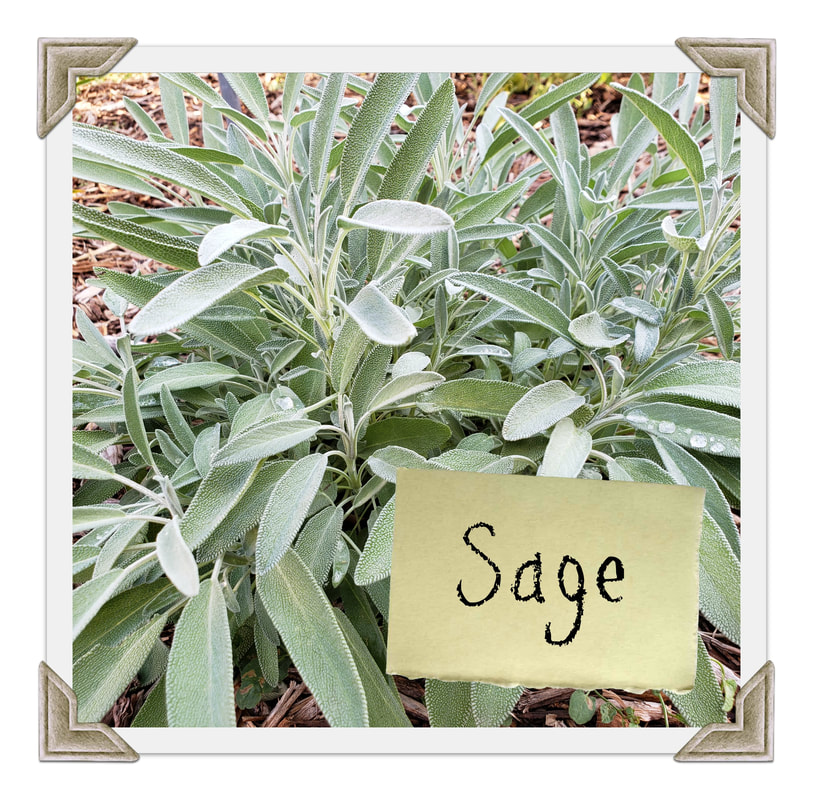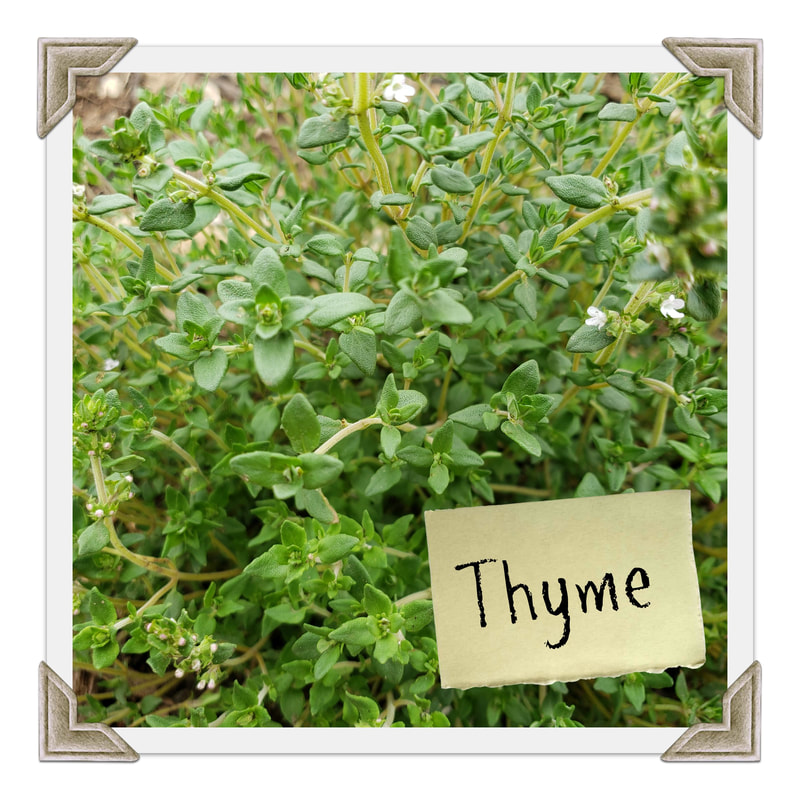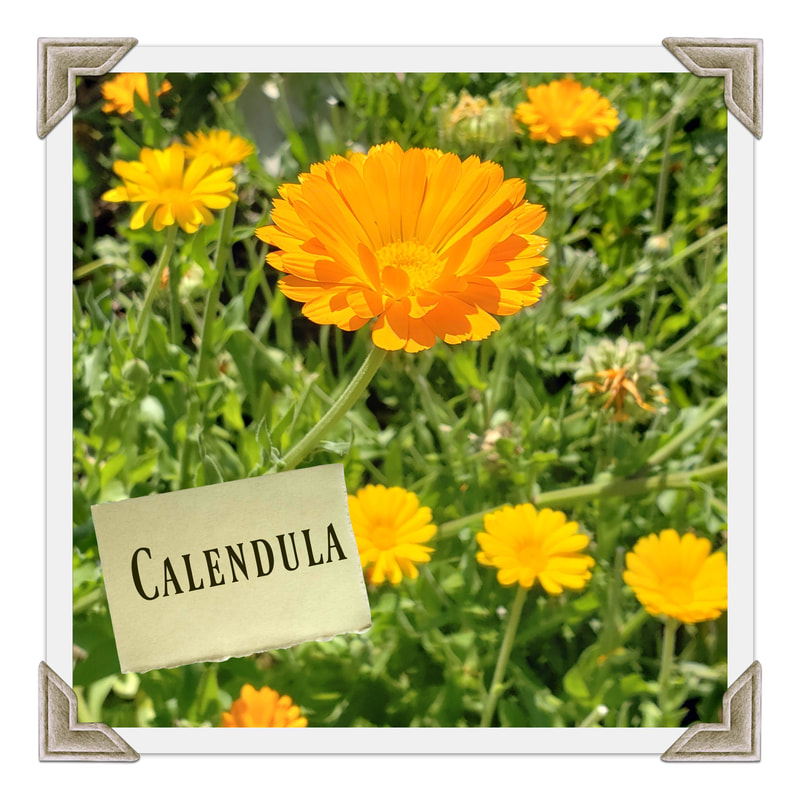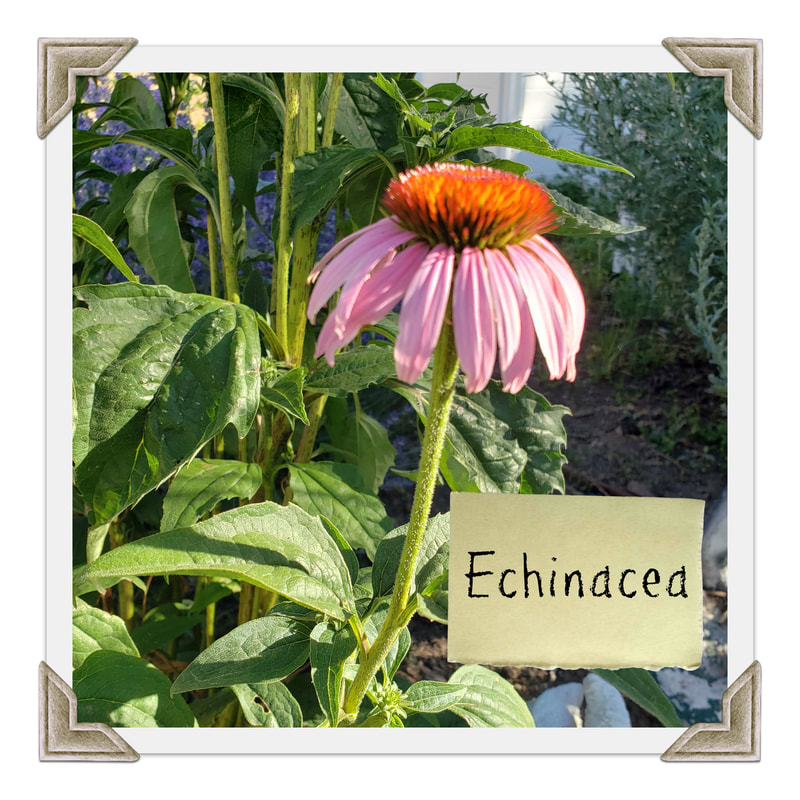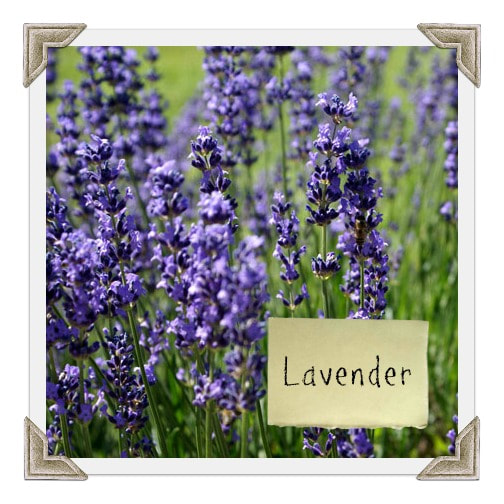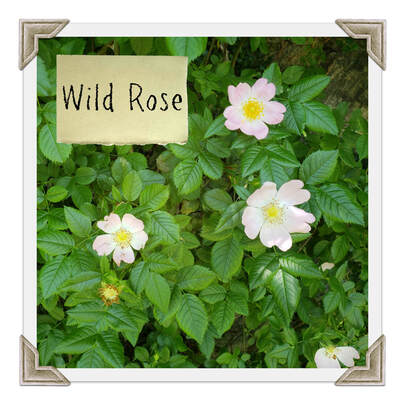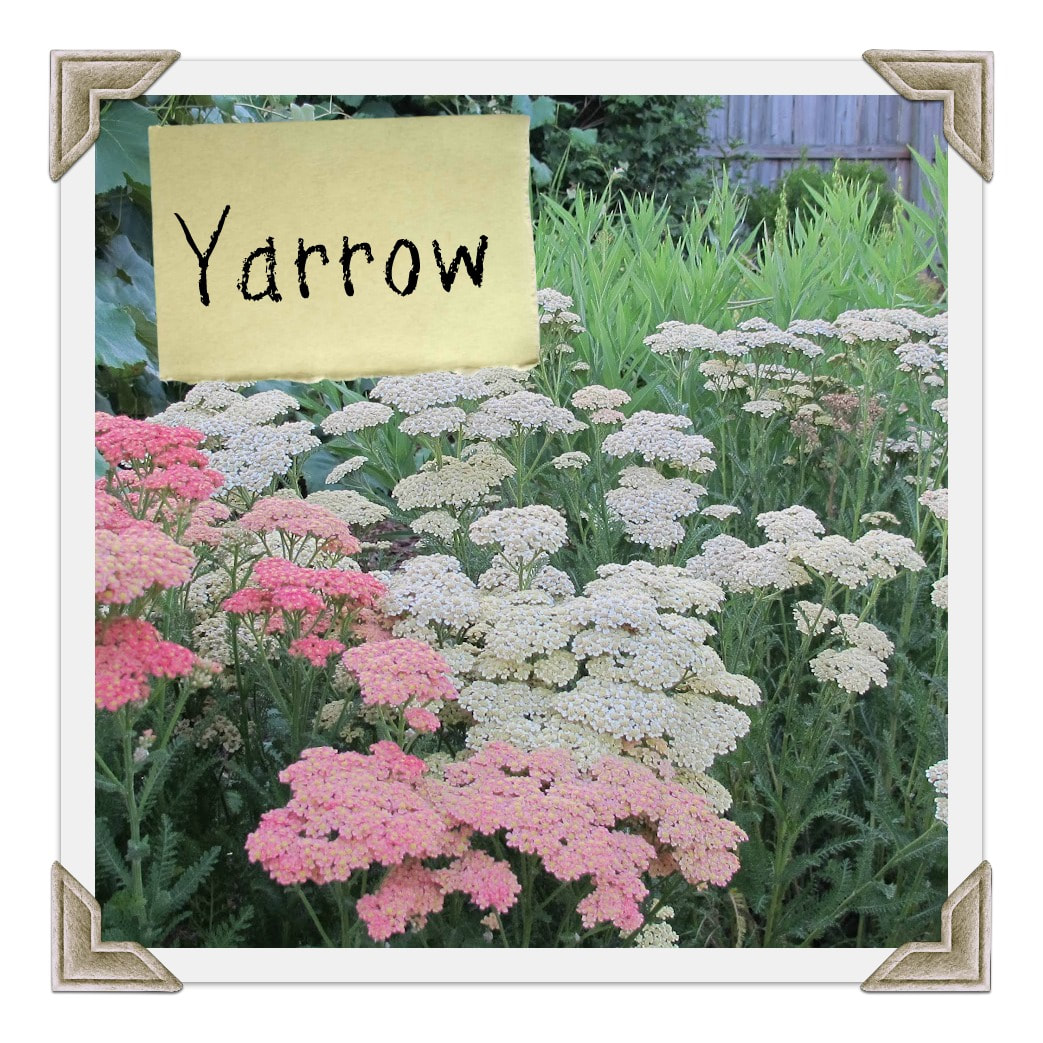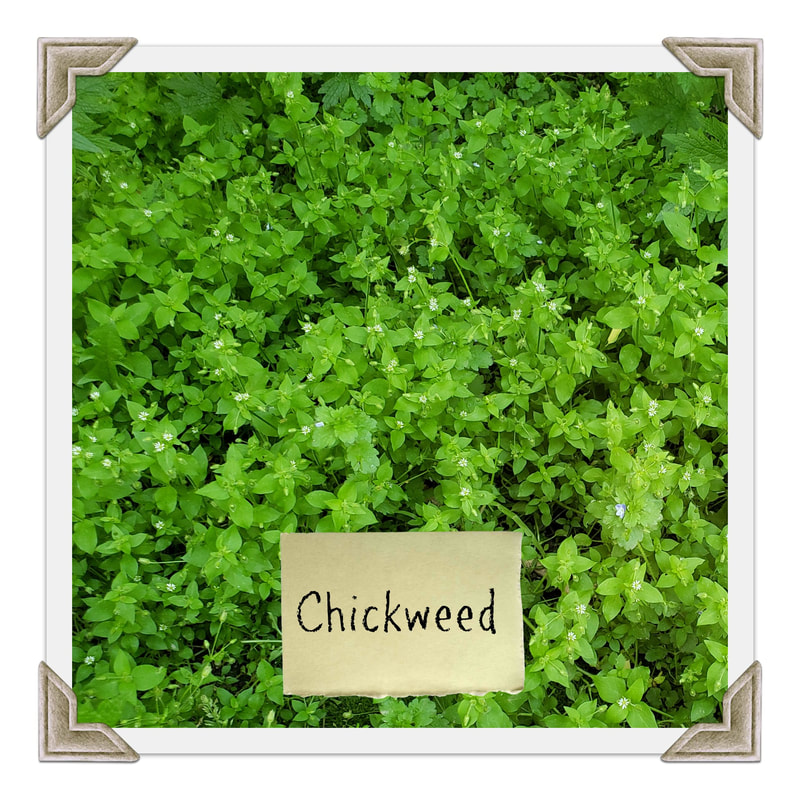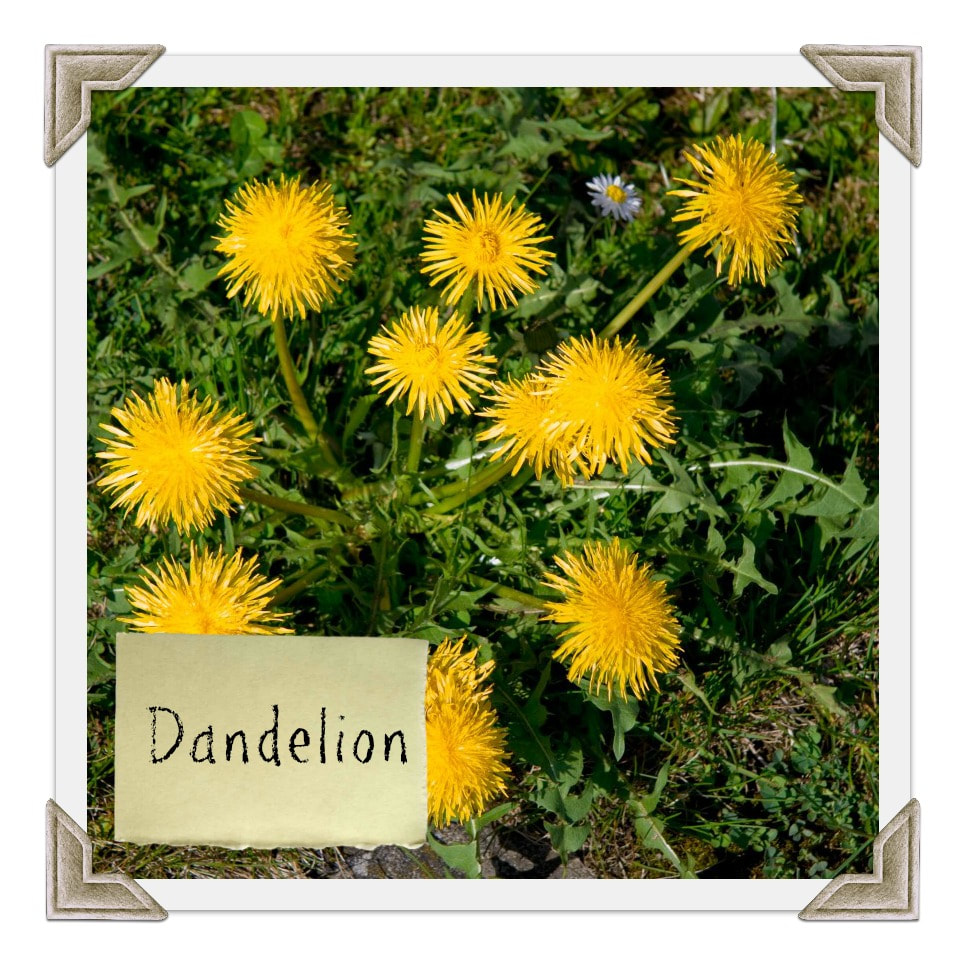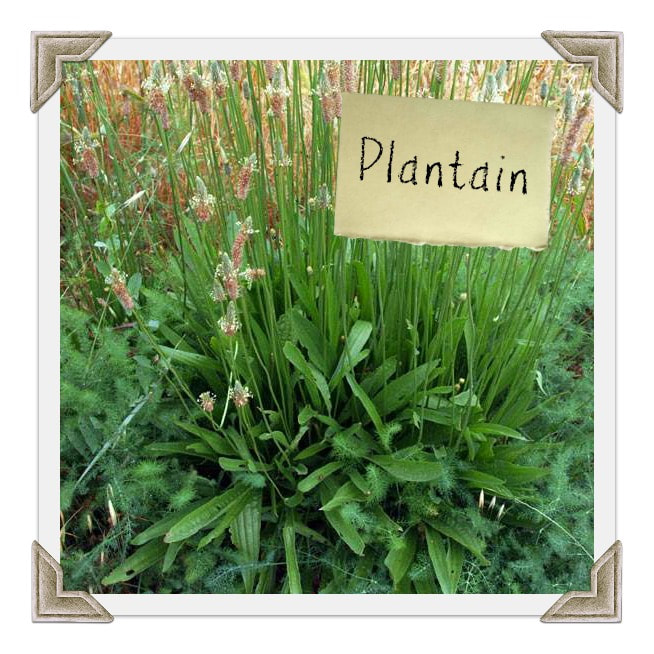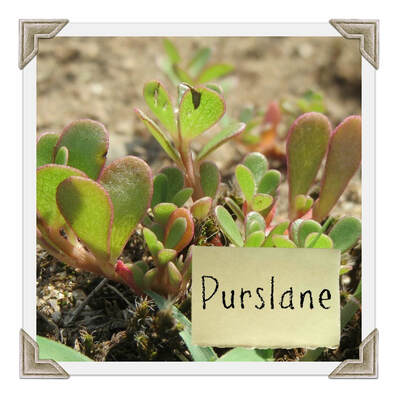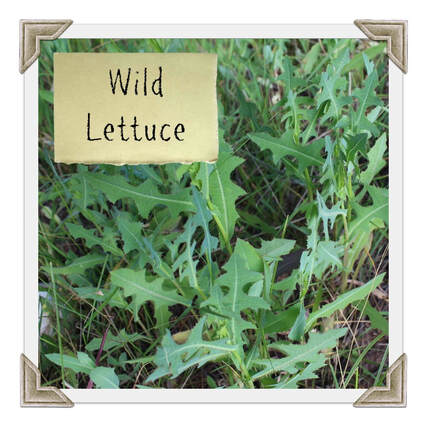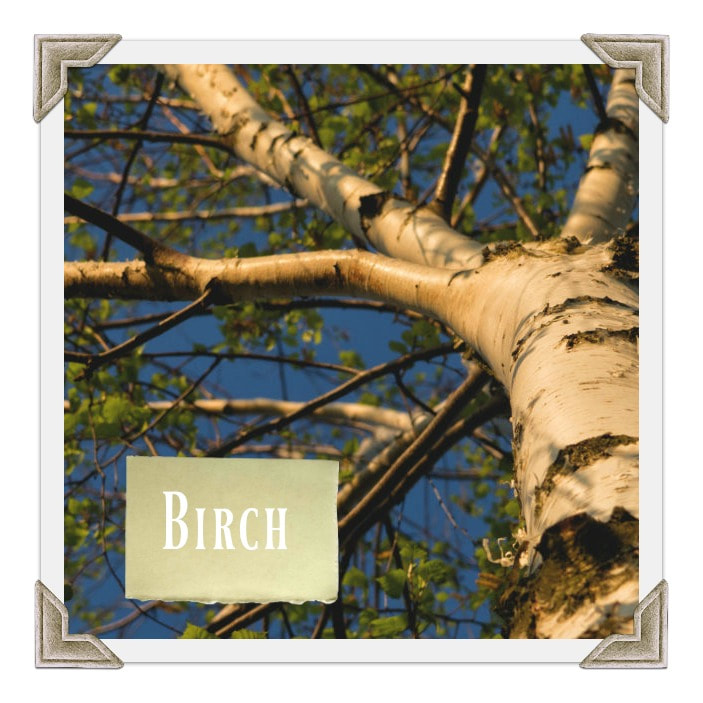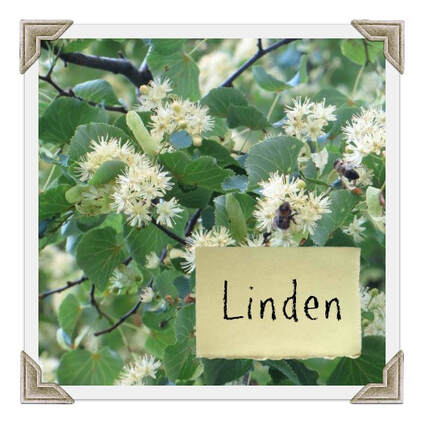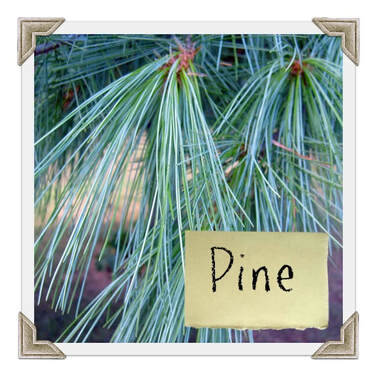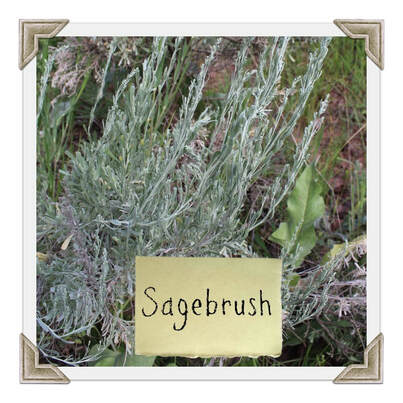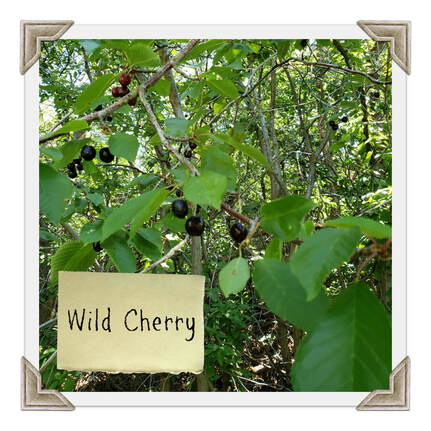“And there were some who died with fevers, which at some seasons of the year were very frequent in the land—but not so much so with fevers, because of the excellent qualities of the many plants and roots which God had prepared to remove the cause of diseases, to which men were subject by the nature of the climate.” Alma 46:40
The same God that created our bodies, created all living things, giving them life, intelligence, and uniqueness. No two plants are the same, even within the same species. Plant medicine is a living intelligence, they know exactly what to do when administered into the body and they work with the natural healing abilities of the body, not against it. Along those same lines they also know what not to do so as to never cause harm, when used with prudence. The body is filled with trillions of cells that communicate electrically through neurons (nervous system) and chemically with hormones (endocrine system). When a problem exists, messengers (symptoms) are sent out to let us know something needs fixing. Plant medicine works with the natural self-healing abilities of our bodies to return to a healthy, normal functioning state.
"And again, verily I say unto you, all wholesome herbs God hath ordained for the constitution, nature and use of man…to be used with prudence and thanksgiving." D&C 89:10
Knowledge is key when using herbs as medicine. As stated above they are given for the constitution, which is the frame or temperament of the human body, to be used with prudence, which is wisdom applied to practice with caution and reserve. To me this all means we do not just grab some herbs and start taking them like prescribed medications. We study each herb out and learn what they do and how they work and then follow the spirit as to how much to take. Each body constitution is different, as we discussed in Lesson 1, so what amount works for me will be different than what works for you. Some need more and some less. Some herbs you can eat like food, to nourish the body. Some herbs have stronger properties and can only be used for a certain duration or in specific amounts. Some herbs have cautions when using, such as if pregnant, nursing, or on certain medications.
My hope is that the care taken in using herbs will not dissuade you from learning about and using them. I have plenty of resources for you and can walk you step by step on this path of herbal medicine.
My hope is that the care taken in using herbs will not dissuade you from learning about and using them. I have plenty of resources for you and can walk you step by step on this path of herbal medicine.
Personal Herbal
When I first began my herbal journey, I purchased a notebook and started to study all about one herb at a time. I already had a lavender plant growing in my yard because I love purple blossoms and it smelled wonderful. I purchased a couple of herb books (my favorites list) and looked up lavender in each of them. I found similar and different information in each and wrote everything I learned about lavender in my notebook. I then went outside and observed my plant, I took some cuttings and made a cup of tea (tisane actually). I then made a burn spray using the essential oil and tea. I then made a salve and so on, continuing to experiment and use the plant. Once I mastered the lavender plant, I moved on to learning all about another one. I continued this pattern until I had quite a collection in my notebook, and I continue to do the same thing today. There are so many plants, I do not think I could master them all in my lifetime. My personal herbal has turned into part of this blog, where I continue to post the herbs I have studied this way, including recipes I’ve tried or created along the way. Here is some key information you want to include in your study of each plant:
- Latin name: This ensures you find the correct plant when purchasing or growing.
- Family: Helpful to know for uses and cautions.
- Parts Used: Some plants you can use the entire plant but others you can only use certain parts, such as the berry or leaf only.
- Care and Harvesting: If you are planting in your garden you will need to know the how to. Foraging for “weeds” in your yard or community you will need to know how to identify the herb and for both ways how and when to gather.
- Properties: Knowing the properties and definitions will guide you to know what to use the plant for.
- Uses: This is the fun part, where you determine all the many things you can use the plant for. I have even been directed to use certain herbs for something that was on no list at all, but after using it with success, I added it to the list.
- How to Prepare: Heating some herbs can diminish the properties, while some need to be heated, others can only be extracted using alcohol or made into a tisane. You also want to find all the different ways you can use the herb.
- Cautions: Some herbs will have cautions when using, such as not during pregnancy and nursing or if using a certain medication, etc.
Preparing Herbs as Medicine
There are many ways to prepare an herb for use as a medicine, in Lesson 1 we learned how to dry and store herbs and Lesson 3 how to make an herbal oil and herbal honey. By the time this course is through we will have covered each way an herb can be used. The most common and easiest way is to make a tisane. A tisane is the correct term for a medicinal drink or infusion. An infusion is extracting plant properties by soaking leaves in a liquid. A decoction is the simmering of plant material, usually roots, bark and seeds to extract the properties. The common term used for all these definitions is simply, making a tea.
For clarification purposes tea is a tisane made only of plant materials from the actual tea plant; Camellia sinensis. This would include black tea, green tea, white tea, oolong tea, iced tea and chai tea (which is a tea blend that has black tea in it). These all come from the same plant but are processed with different methods, giving them different properties and taste. For those of my faith that follow the Word of Wisdom, these are teas on the do not consume list.
For clarification purposes tea is a tisane made only of plant materials from the actual tea plant; Camellia sinensis. This would include black tea, green tea, white tea, oolong tea, iced tea and chai tea (which is a tea blend that has black tea in it). These all come from the same plant but are processed with different methods, giving them different properties and taste. For those of my faith that follow the Word of Wisdom, these are teas on the do not consume list.
“And again, hot drinks are not for the body or belly.” D&C 89:9
“And again, ‘hot drinks are not for the body, or belly;’ there are many who wonder what this can mean; whether it refers to tea, or coffee, or not. I say it does refer to tea, and coffee.” (“The Word of Wisdom,” Times and Seasons, 1 June 1842, p. 800.)
Any other plant material infused or decocted should be called a tisane, not tea, but the term tea has come to be known as any plant material infused in water and so that is what term will be used throughout the course. A tea is the best way to get the properties of herbs into the body, they are easily absorbed and can start taking immediate action. There are other ways you can use tea besides just drinking it; herbal baths, foot soaks and compresses are other great ways to use an herbal tea.
How to Prepare Herbs Projects
Today we will learn about some common herbs in four different categories; what you have in your kitchen, commonly grown in gardens, “weeds” you may encounter in your yard and community and medicinal trees. This is just a small list of what is easily found and grown around my home in Northern Utah, Rocky Mountain area. I know there are amazing medicinal herbs found in Chinese and Ayurvedic medicine, but I love to use what I can grow and find around me. It is also a good emergency preparation skill to identify medicinal and edible plants in the area you come from.
Common Herbs in the Kitchen
Common Herbs in the Garden
Common "Weeds"
Common Medicinal Trees and Shrubs
Assignment
Start your own “herbal” and study out one herb this week. Try to find it, plant it, or if you already have it available, start experimenting with it. Smell, touch, taste and make an herbal tea or other herbal preparation. Maybe start with some culinary herbs in your kitchen cupboard.
Resources
Herbs to Know in the Garden
Herbs to Know in the Wild
Medicinal Herbs A Beginner's Guide
Annie's Favorite Herbals (scroll to the bottom of this page)
Herbs to Know in the Wild
Medicinal Herbs A Beginner's Guide
Annie's Favorite Herbals (scroll to the bottom of this page)
Disclaimer: The Information contained on this blog is for educational purposes only and as a guideline for your personal use. It is not intended to diagnose, treat, prescribe or replace the advice of a licensed healthcare professional. Those who follow these suggestions do so at their own risk.

